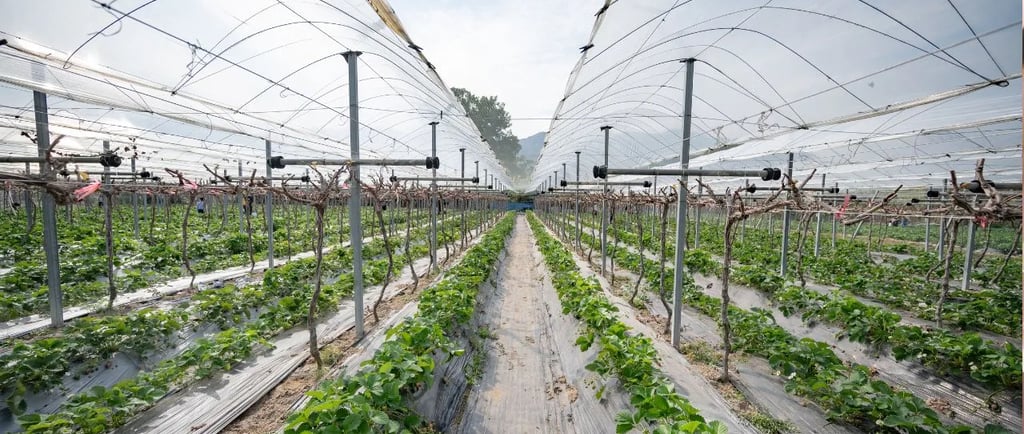Japan vegetable prices rise sharply as heatwave hits crops and supply routes
Japan vegetable prices rise over 40% due to heatwave disruptions. Retailers face supply issues as MAFF calls emergency meeting with prefectures. Food inflation intensifies.
FRESH PRODUCE


Japan's vegetable prices have increased as there is excessive heat disorder with crops and delivery times throughout the country. According to the Ministry of Agriculture, forestry and fisheries (Maff), tomatoes, cucumbers and chili are now trading more than 30-40% with a five-year season average. Buyers, wholesale suppliers and food producers suffer from unstable costs and low availability.
The latest brutal report from MAFF depicts cucumbers in Tokyo Markets, which costs about 1.4 times on the average of the season. Similar growth for tomatoes and green chili is called. The store safety team responds with modified purchases, while food producers can complete low -intervention strategies. Latus and cabbage remain stable due to regional rainfall, providing limited relief to supermarket buyers.
The rice prices have also reversed a decrease of 10 weeks. At the end of July, a bag of 5 kg increased to 3,467, over the previous week. MAFF attributed the growth to reduced government stock releases. This increase, along with Japan's vegetable prices, indicates broad food inflation that now affects the foundation.
Analysts have warned of deep weaknesses in Japan's food chain. The ongoing climate volatility, the risk of disruption in aging fields, and lean logistics systems increase. Along with India’s export restrictions on rice and the shortage of black pepper in South Korea, regional purchasing pressure also increases.
MAFF started emergency coordination with provinces
On August 5, 2025, MAFF organized an emergency online conference with prefectural governments for coordinating high temperature and insect countermeasures. The agenda includes prevention of stink bugs, heat response and technical guidance. The Ministry said that the session follows the meeting with the Drought and High Temperature Headquarters on July 31, where nationwide coordination was requested.
While the session is closed to the public, the timing emphasizes the urgency for dealers and food producers who are now facing supply volatility. Without any clear timeline for recovery, vegetable prices in Japan may continue to rise through August and beyond.
Japan vegetable prices continue to serve as a sign of climate risk and food system stress across Asia
